When Jin Yi (Jeanie) Tan told the school children she was supervising for a science outreach programme ‘you can collect anything you want’, she didn’t expect one to bring in goose droppings. She also wasn’t expecting the programme to lead them to a new cytotoxic peptide.
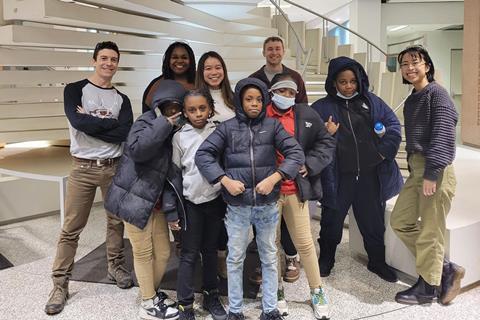
Tan, a fourth-year PhD candidate in Brian Murphy’s lab from the University of Illinois Chicago, US, leads a team of researchers in an outreach collaboration with the Boys and Girls Clubs of Chicago, one of the city’s oldest youth development organisations. With 21 locations, and 20,000 young members, the clubs provide resources and support to aid members’ personal and professional development. So far the team has worked with two local branches: the Bartlett J McCartin club and the James R Jordan club, the latter of which is named after Chicago Bulls star Michael Jordan’s late father.
The 14-week after-school programme, termed the Chicago antibiotic discovery lab, offers middle school students (aged 11–13) from underrepresented communities, a hands-on learning experience searching for potential antibiotics in their own neighbourhoods. Funded by the Illinois-Indiana Sea Grant that Tan received for her PhD, the programme teaches the fundamentals of microbiology research, from sample collection to laboratory analysis. Students are also introduced to environmental issues, engineering, robotics and related careers. ‘We’ve done four different cohorts of this programme, constantly tweaking stuff to make things better,’ says Tan. ‘One of our strengths is that the programme is very small, allowing us to give one-to-one mentoring and tailor the work to the students’ interests.’
Semi-automated
Tan’s PhD project focusses on finding new antibiotics to combat multi-drug resistance by harnessing antimicrobial toxins secreted by other bacteria. She has developed a pipeline for screening bioactive compounds from the natural environment, ‘integrating things like robotics, bioassays and bioinformatics to create a streamlined workflow’, she explains. This approach simplifies the initial stages of microbial drug discovery by allowing steps to be carried out in a semi-automated manner, making it safe and accessible enough to be taught to middle school students. ‘The researchers were very good at mentoring the students … [the students] were constantly supervised and because of the robotics, had no interaction with hazardous bacteria,’ adds Jonathon Rodriguez, the technology program manager at Boys and Girls Clubs of Chicago.
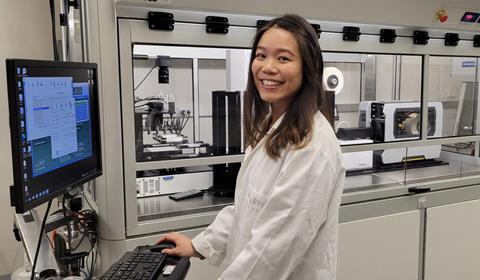
The mentor team encourages students to carry out each stage of the process autonomously – instilling a sense of ownership over their results. While some students collect samples from lake water or flowers, others get more creative, swabbing everything from air conditioning filters to playground slides. ‘The kids are always collecting the weirdest stuff they can find,’ says Tan.
Students then program a robot to isolate the bacterial colonies grown from their samples and test the ability of each one to prevent the growth of multi-drug resistant bacteria. ‘At first when they look at the environmental bacteria plates, they are really grossed out,’ says Tan. ‘But after five minutes, they’ll be looking really closely? Like “wait, what’s this one? Why is this one pink?” It’s exciting for them to be able to understand microbiology and that they can produce medicines.’
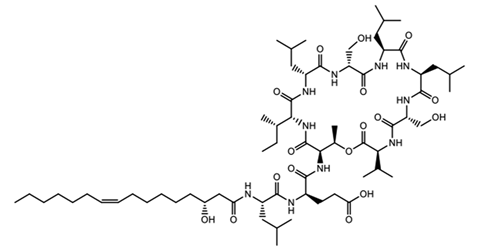
Tan successfully isolated a new anti-bacterial compound from Pseudomonas idahonensis, a bacterium cultured from the goose dropping sample. It turned out to be a cyclic lipodepsipeptide that they named orfamide N . Using NMR and mass spectrometry analysis she elucidated the structure of the new bioactive molecule. It comprises 10 mixed D- and L-amino acids and a distinct lipid tail, which sets it apart from other known orfamides and is thought to contribute to its biological activity. While the peptide demonstrated minimal antibacterial activity, it showed cytotoxicity in bioassays against human cancer cell lines, warranting further investigation in its application for cancer therapy.

‘I’m really happy and grateful that I was able to merge two big interests of mine and showed that this can happen. Biomedical research and Stem outreach can lead to a publication ,’ says Tan. The research, published in the journal ACS Omega, lists the student who collected the goose dropping sample as a co-author, underscoring their integral role in this discovery. ‘The student was really excited about it,’ adds Rodriguez.
As the project continues into its third year, the team hopes its approach can serve as a model for university–community partnerships elsewhere. ‘There is often a disconnect between a university and the neighbouring communities it should serve,’ says Murphy. ‘Both teams are learning about one another and building trust, and that barrier that typically exists between university and community is being systematically broken down.’
References
J Y Tan et al, ACS Omega, 2024, 9, 44749 (DOI: 10.1021/acsomega.4c07459)
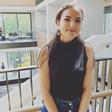

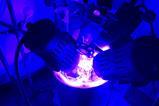
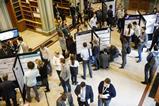

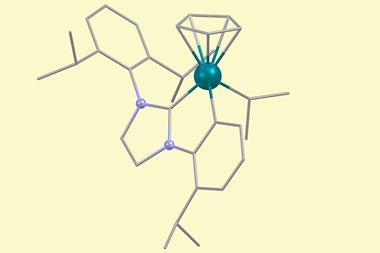
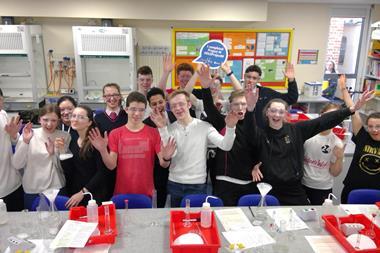
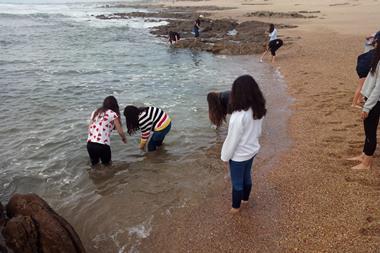
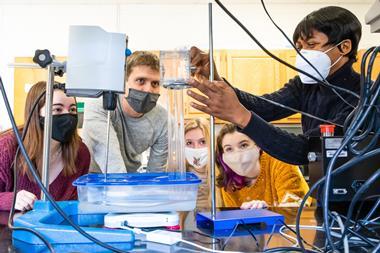
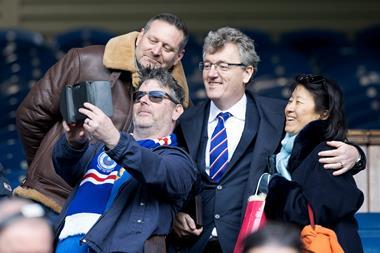
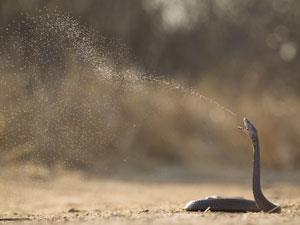


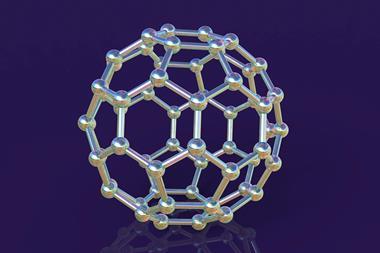

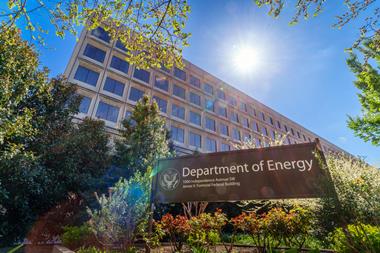

No comments yet